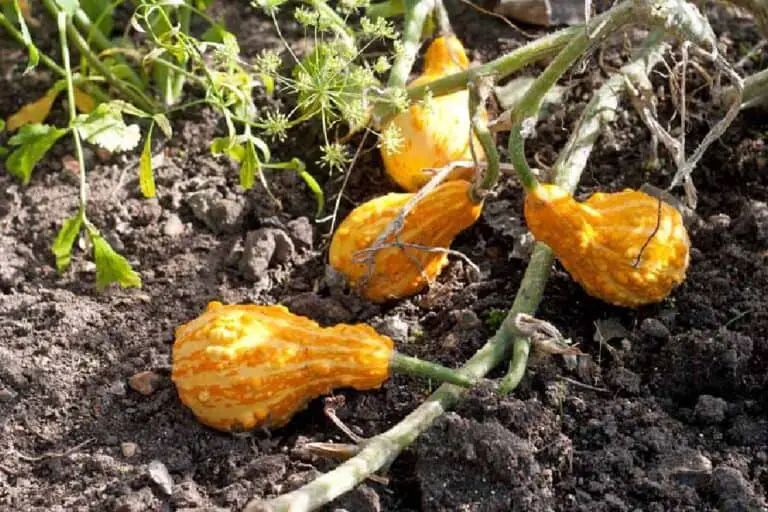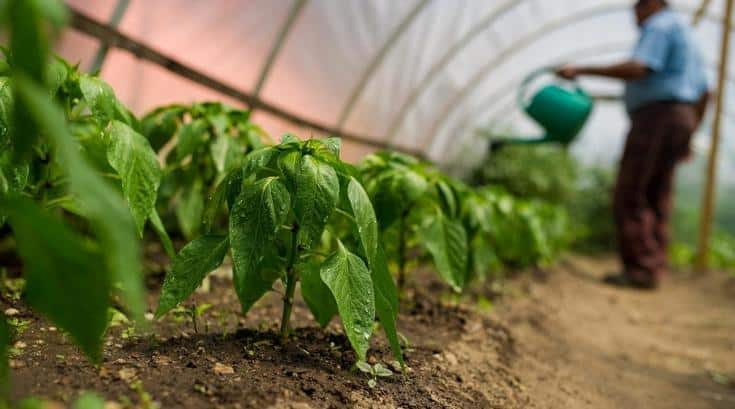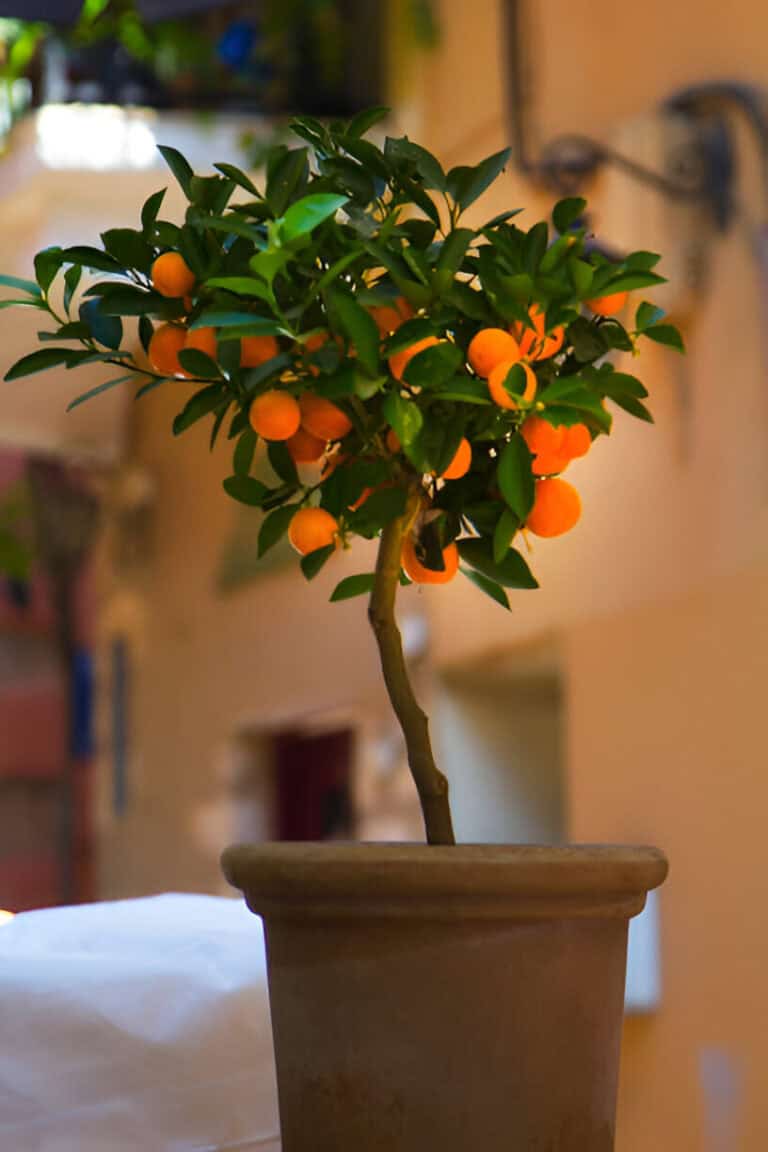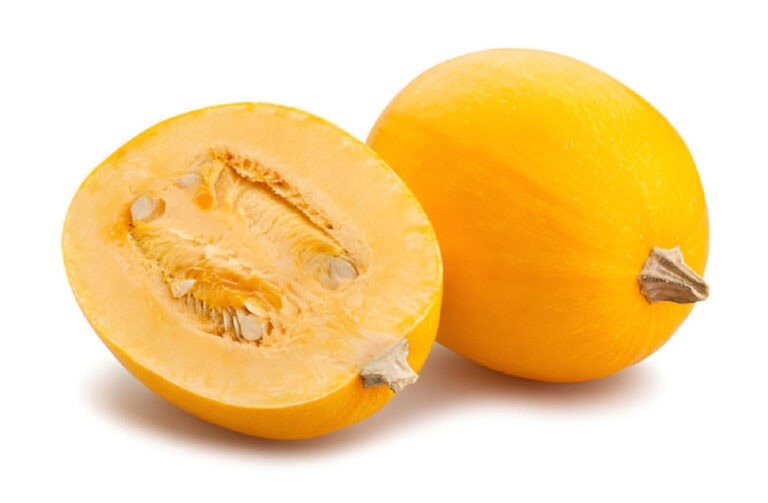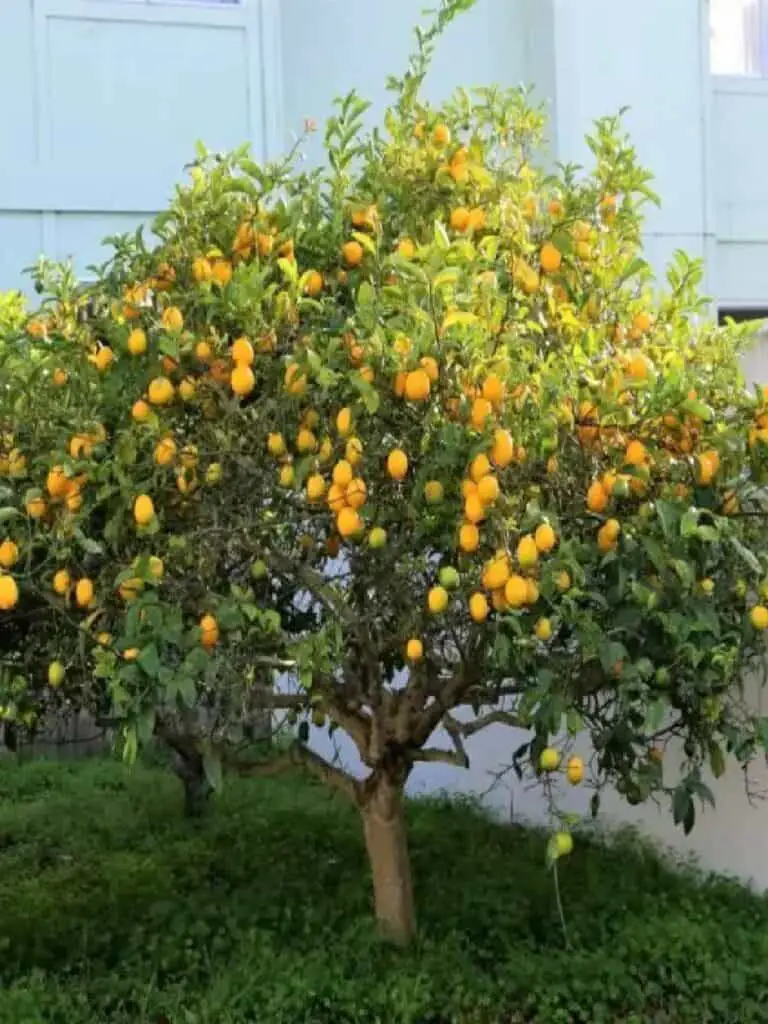Why Is My Brugmansia Losing Leaves? (And How to Treat Them)
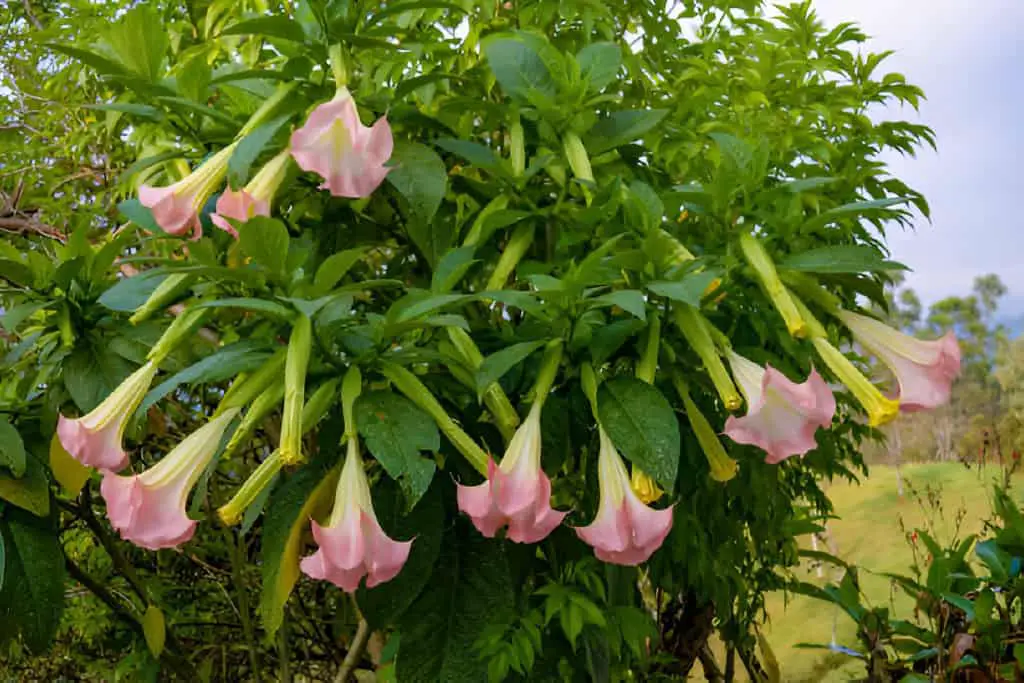
Is your Brugmansia mysteriously shedding its leaves, leaving you puzzled and worried about its health? You’re not alone—many gardeners face this issue and struggle to find the right solutions.
Brugmansia is also known as angel’s trumpet. It is celebrated for its stunning, trumpet-shaped flowers and lush leaves. However, if you find your Brugmansia losing leaves, it can be quite concerning.
In this article, we’ll cover the main reasons for leaf loss in Brugmansia plants. We’ll also give you practical treatment options. By understanding these causes and learning to fix them, you’ll restore your Brugmansia to its lush, vibrant state. This will ensure its long-term health.
Understanding Brugmansia Leaf Loss
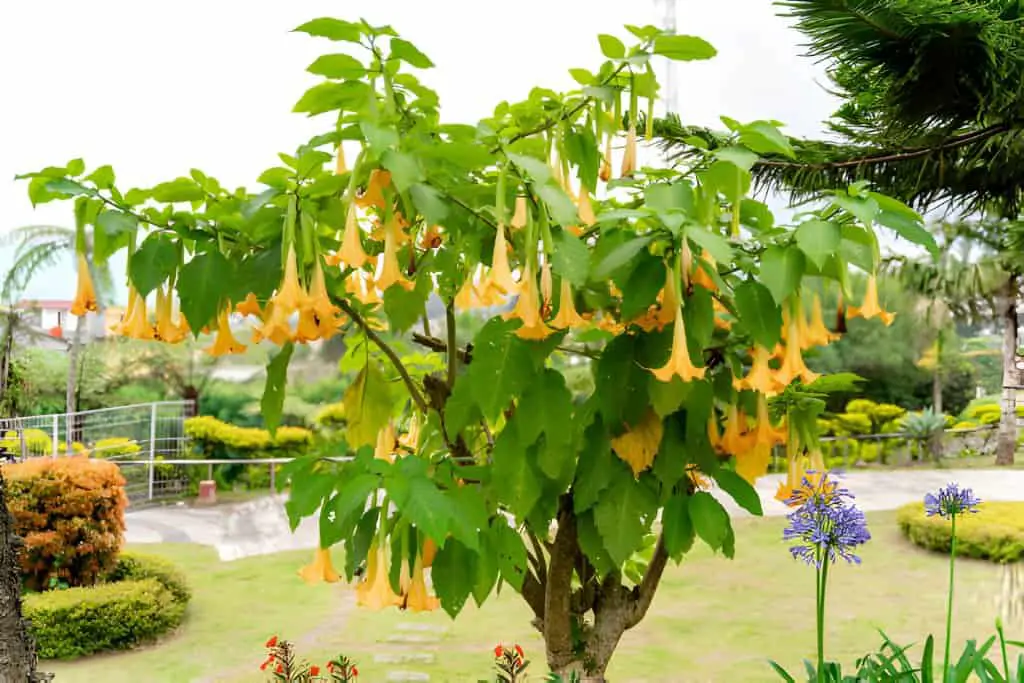
Environmental Factors
1. Overwatering and Poor Drainage
Brugmansias prefer well-drained soil. Overwatering can lead to root rot, causing leaves to yellow and fall off. Ensure that your Brugmansia is planted in soil that allows excess water to drain away. If the soil retains too much moisture, consider adding sand or perlite to improve drainage.
2. Underwatering
On the other hand, underwatering can also cause leaf drops. If the soil becomes too dry, the plant may shed its leaves to conserve water. Water your Brugmansia consistently, keeping the soil evenly moist but not soggy. Mulching around the base of the plant can help retain soil moisture.
3. Temperature Stress
Brugmansias are sensitive to temperature fluctuations. Sudden changes in temperature, especially cold snaps, can stress the plant and cause leaves to drop. Protect your Brugmansia from extreme temperatures. Give them shade when it’s hot. Bring potted plants indoors when it’s cold.
4. Light Conditions
Brugmansias thrive in bright, indirect light. Too much direct sunlight can scorch the leaves, while insufficient light can lead to yellowing and leaf drop. Ensure your plant receives the right amount of light by placing it in a location with filtered sunlight or partial shade.
Pest and Disease Issues
1. Aphids and Spider Mites
Pests such as aphids and spider mites can cause significant damage to Brugmansia leaves. These insects feed on the plant’s sap, causing leaves to yellow, curl, and eventually drop off. Regularly inspect your plant for signs of pests and treat infestations promptly with insecticidal soap or neem oil.
2. Fungal and Bacterial Infections
Fungal and bacterial infections can also lead to leaf drop. Symptoms include spots on the leaves, discoloration, and wilting. Prevent these infections. Do it by ensuring good air flow around the plant and avoiding overhead watering. If an infection occurs, remove the affected leaves and apply an appropriate fungicide or bactericide.
3. Root Rot
Overwatering is a common problem that frequently results in root rot, which can cause leaf drop. If you suspect root rot, check the roots for mushy, discolored areas. To treat root rot, remove the affected roots. Then, replant the Brugmansia in fresh, well-draining soil. Also, adjust your watering habits to prevent it from happening again.
Not Enough Nutrients
If Brugmansia plants don’t get enough of certain nutrients, they can turn yellow and fall off.
- Nitrogen deficiency makes leaves turn yellow, and growth slows down.
- Lack of iron leads to chlorosis, a disease in which leaves turn yellow but veins stay green.
- Magnesium deficiency causes the veins in the leaves to turn yellow, which causes the leaves to fall off.
Is It Normal for Brugmansia to Lose Leaves During Certain Seasons?
Yes, it is. Brugmansia can have seasonal leaf drops. This happens, especially in response to changing weather. In the fall, as temperatures drop and daylight decreases, Brugmansia may shed some of its leaves as part of its natural cycle. This is a way for the plant to conserve energy and prepare for the cooler months ahead.
During winter, Brugmansia can lose more leaves. This is especially true if they face cold stress. In regions with frost or freezing temperatures, Brugmansia may lose most or all of its leaves, but this doesn’t necessarily mean the plant is dead. As long as the roots remain healthy, the plant can bounce back in the spring.
In spring and summer, when conditions are warm and favorable, Brugmansia should produce new growth and vibrant leaves.
If your plant loses leaves outside normal seasonal changes, check other causes. These might include improper watering, pests, or diseases affecting it.
Regular care and attention can help ensure your Brugmansia stays healthy throughout the year.
| Read: Why Is My Rubber Plant Losing Its Bottom Leaves? |
How to Treat Brugmansia Leaf Loss
Adjust Watering Practices
- Watering Frequency: Water your Brugmansia consistently, keeping the soil evenly moist but not waterlogged. Check the soil moisture regularly and adjust your watering schedule as needed.
- Improve Drainage: Ensure the soil drains well by adding sand or perlite if necessary. For potted plants, use containers with drainage holes and avoid letting them sit in excess water.
Optimize Light Exposure
- Provide Adequate Light: Place your Brugmansia in a location with bright, indirect light. Avoid prolonged exposure to direct sunlight, which can scorch the leaves.
- Adjust Placement: If your plant is receiving too much or too little light, move it to a more suitable location. Consider using a grow light if natural light conditions are inadequate.
Control Pests and Diseases
- Regular Monitoring: Inspect your Brugmansia regularly for signs of pests and diseases. Early detection is key to preventing serious damage.
- Natural Remedies: Use insecticidal soap or neem oil to treat pest infestations. For fungal and bacterial infections, remove the affected leaves. Then, apply a suitable fungicide or bactericide.
Enhance Soil Health
- Fertilization: Feed your Brugmansia with a balanced, slow-release fertilizer during the growing season. This will provide essential nutrients. Avoid overfertilizing, as this can stress the plant and lead to leaf drop.
- Soil Amendments: Soil Amendments improve soil structure. They do this by adding organic matter, like compost. This matter helps retain moisture and provides nutrients.
Quick Reference Table
| Issue | Symptoms | Solutions |
| Overwatering | Yellowing leaves, wilting | Improve drainage, moderate watering |
| Underwatering | Brown, crispy edges, droopiness | Thorough watering, mulch to retain moisture |
| Temperature Stress | Leaf drop due to cold or heat | Provide shade, protect from cold |
| Light Conditions | Scorched or yellowing leaves | Ensure bright, indirect light |
| Pests (Aphids, Mites) | Yellowing, curling leaves | Use insecticidal soap or neem oil |
| Fungal/Bacterial | Spots, discoloration, wilting | Remove affected leaves, apply fungicide/bactericide |
| Root Rot | Mushy, discolored roots | Replant in well-draining soil, adjust watering |
By following these guidelines, you can effectively address the causes of leaf loss in your Brugmansia plants and ensure they remain healthy and vibrant. Happy gardening!
How Can I Tell if My Brugmansia Is Healthy Despite Losing Leaves?
Even if your Brugmansia is losing leaves, there are several signs that can indicate its overall health. Start by examining the remaining leaves; they should be a deep, vibrant green color, indicating that the plant is still receiving adequate nutrients. Healthy leaves will also feel firm and plump to the touch, rather than wilted or dry.
Next, take a look at the stems of your Brugmansia. Healthy stems should be sturdy and upright, with no signs of drooping or weakness. Also, check for new growth. If you see fresh, green shoots or buds, it’s a sign that your plant is still growing and healthy.
Consider the overall appearance of your Brugmansia. A healthy plant will have a full, bushy appearance, with a well-balanced shape. If your plant looks sparse or leggy, it may indicate that it’s not as healthy as it could be.
Finally, evaluate the environmental conditions of your Brugmansia. Ensure it’s in a location with the right amount of sunlight and that the soil is well-draining. Improper light or water conditions can stress the plant and lead to leaf loss.
Conclusion
In conclusion, understanding why your Brugmansia is losing leaves is crucial. It is key for finding effective solutions to restore its health and beauty. You can help your Brugmansia thrive. Do this by changing the environment. Manage pests and diseases. Also, ensure the best growing conditions. This will let it continue to enchant your garden with its stunning blooms.
Check your plant regularly and adjust its care as needed. This remarkable plant shows resilience and elegance, making it a joy to have.

